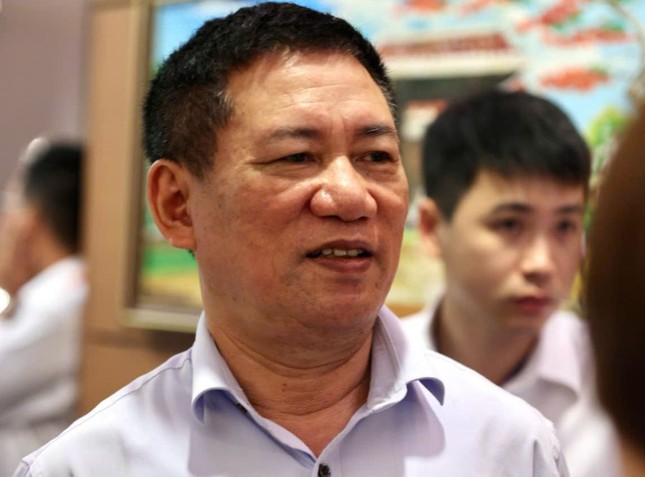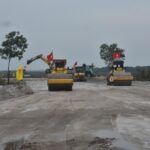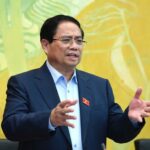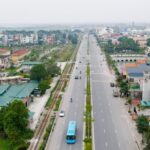The National Assembly is discussing several important issues related to the draft State Budget Law (amended). How do you assess the role of budget regulation between the Central and local governments, especially in infrastructure investment?
It is imperative to acknowledge the significance and costliness of investing in infrastructure development, such as highways and inter-regional connectivity projects. Poor provinces like Ha Giang, Lao Cai, Son La, Gia Lai, and Kon Tum lack the necessary resources to undertake such large-scale projects.
Hence, the Central Government’s regulatory role is essential to provide support and facilitate the growth of these regions.
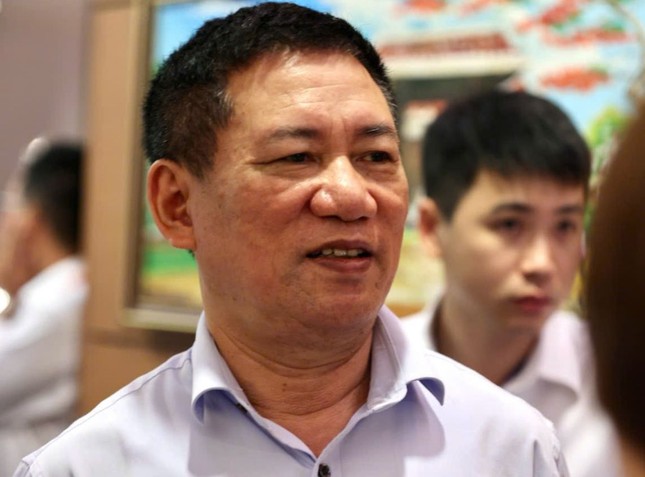
Deputy Prime Minister Ho Duc Phoc. Photo: Nhu Y
“Everyone says that if they generate revenue, they should be able to spend it as they please. But who will take care of the border regions and support people in difficult areas? Furthermore, if you claim to be a capable leader, then let’s see how well you perform in these challenging provinces,” emphasized Deputy Prime Minister Ho Duc Phoc.
Meanwhile, localities like Hanoi, Ho Chi Minh City, Hai Phong, and Da Nang boast significant land-related revenues and often exceed their budget estimates. However, it is important to recognize that the Central Government has made substantial infrastructure investments in these regions over the years.
Therefore, budget regulation, which involves redistributing funds from affluent localities to support less fortunate regions, is necessary to ensure harmonious and balanced development across the country.
Some argue that the Central Government intervenes too much in the spending of local governments. What are your thoughts on this matter?
The State Budget Law clearly stipulates that local budgets are decided by the Provincial People’s Councils. The Central Government does not interfere in specific expenditure items. However, all expenditures must adhere to the norms, standards, and regulations set by the State. Local administrations have the autonomy to decide which projects to undertake and how much to spend, provided they follow the established procedures and guidelines.
Additionally, the state budget is allocated transparently at the beginning of each year, with the National Assembly approving allocations for ministries, sectors, and localities. Only in cases of significant adjustments, such as increasing the allocation for a critical sector, does the matter need to be presented to the National Assembly again.
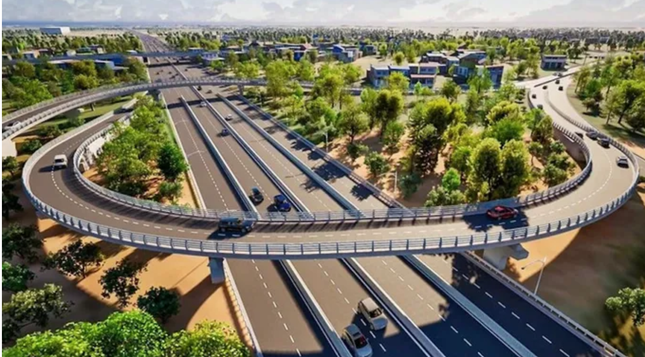
The Central Government’s regulatory role is crucial in supporting the development of local regions.
Recently, there has been a lot of public and National Assembly delegate attention on land-related revenues in major cities like Hanoi and Ho Chi Minh City. Do you think adjustments are needed in this regard?
Currently, Ho Chi Minh City retains 100% of its land-use fees, but this may change in the future. This is reasonable because, according to the Central Committee’s resolution, land-use fees are considered national revenues. While cities like Hanoi, Ho Chi Minh City, Da Nang, and Hai Phong are significant generators of these fees, they have also received substantial investments over the years.
The government requires these funds to invest in critical national projects such as the Long Thanh Airport, the North-South high-speed railway, seaports, and supporting localities with no land-related revenues, such as Lai Chau and Ha Giang. Without budget regulation, the government would have to rely on borrowing. Effective use of every budget dollar and sound macroeconomic management are crucial to ensure comprehensive and equitable development across regions.
Some argue that the wealth of a province is solely due to the capability of its leaders. What are your thoughts on this statement?
Claiming that a province is wealthy solely due to its leadership is insufficient. Let’s consider an experiment: if we were to appoint a leader from Ho Chi Minh City as the chairman of a province like Bac Kan, would they perform better? Budget management and economic development must consider the realities, specific characteristics, and resources of each locality, not just the capabilities of individuals.
What are your thoughts on the proposed North-South high-speed railway project?
As this project has not been formally discussed, I reserve my opinion until it is officially presented for debate. At that point, I will be happy to share my thoughts more explicitly.
Thank you, Deputy Prime Minister, for your insights!
The Birth of a New Province: Introducing the Management Board for the Merged Territories of Quảng Trị and Quảng Bình
The proposal for the establishment of a regional Project Management Unit in Quang Tri is a strategic move to ensure efficient management of public investment projects post-merger with Quang Binh. This initiative aims to maintain the momentum of key infrastructure developments in the area, guaranteeing seamless progress, superior quality, and timely execution.
Chinese Construction Giant Partners with Vingroup to Build the Tu Lien Bridge: A Top 500 Global Company with an Impressive Portfolio, Currently Managing Over 3,000 Major Projects.
The Pacific Construction Group is a powerhouse in the industry, with an impressive portfolio of approximately 3,000 industrial parks and urban projects scattered across China.
“The Ultimate Land Auction: Bidding Wars Reach Sky-High Prices in Hanoi’s Suburban Districts”
The 76 land lots in Phu Xuyen District, Hanoi, were successfully auctioned, with the highest bid reaching an impressive 62 million VND per square meter. This prime real estate is strategically located near major transportation routes and boasts a well-developed technical infrastructure. Its proximity to the southern development axis of Hanoi promises great potential for future growth and development.
The Ultimate Guide to Investing in Dong Nai’s Transportation Infrastructure: Unveiling the Massive Investment Opportunities
The Ben Thanh – Suoi Tien Metro line to Dong Nai, the Ho Chi Minh City Belt Road 4 section through Dong Nai, the Cat Lai Bridge, the Dong Nai 2 Bridge, and the elevated road along National Highway 51 are key transportation infrastructure projects currently open to investors, as announced by the Dong Nai Department of Construction.

